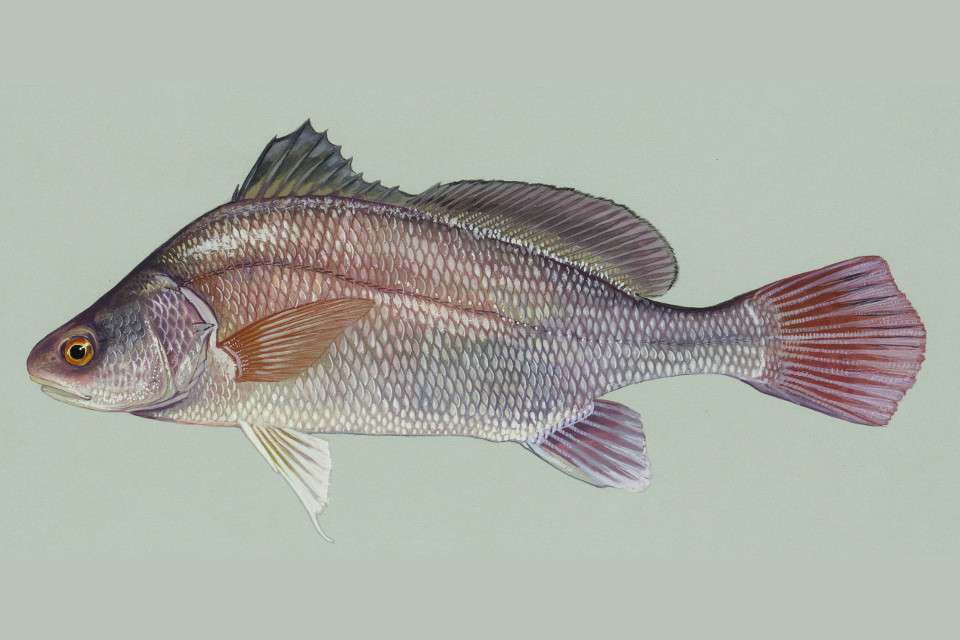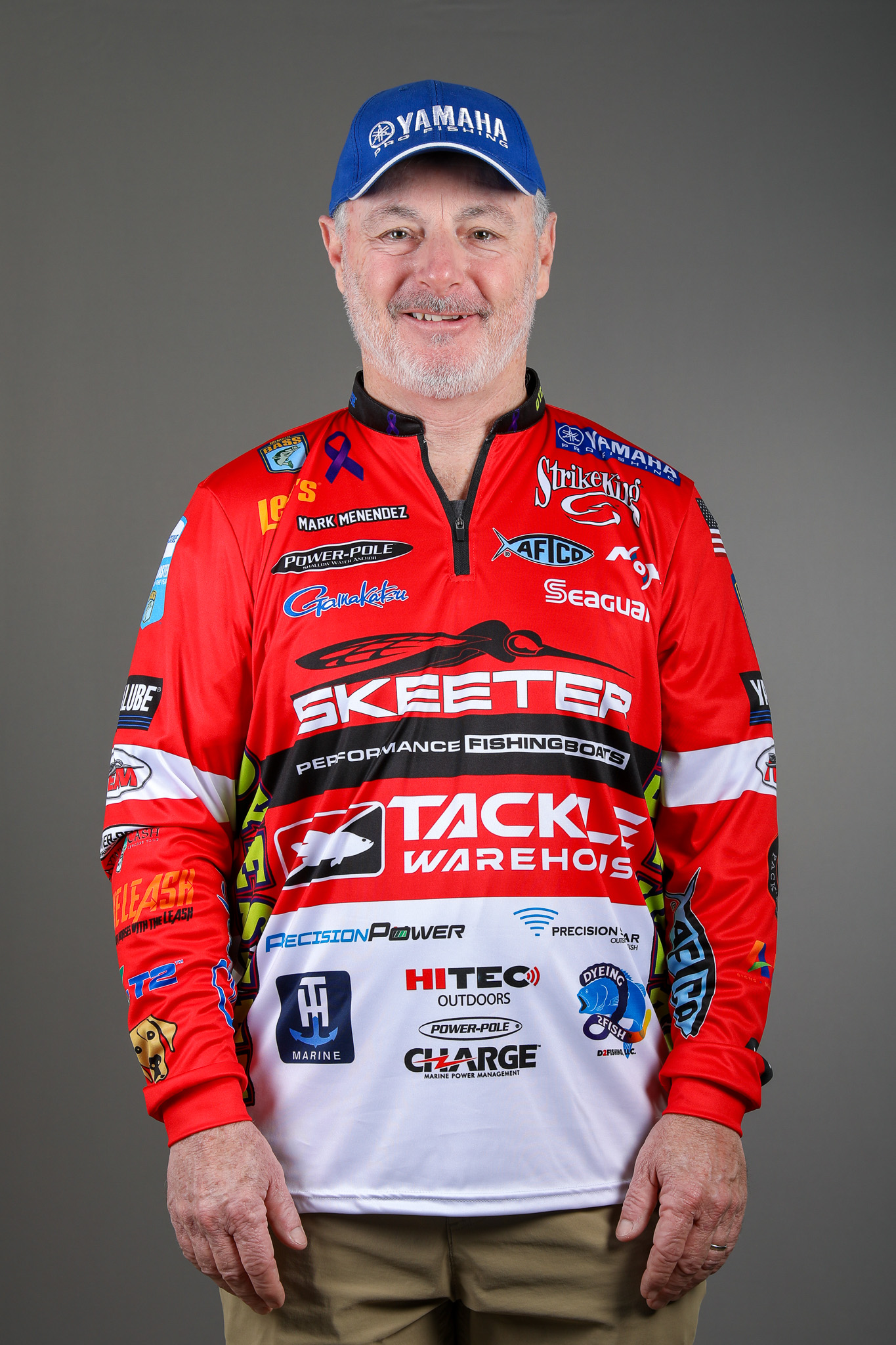
The freshwater drum might be an ugly fish and you can’t weigh it in at the end of the day, but it’s still one of my favorites. Here’s why…
Mussels and their shells are what make shell beds, the kind that hold bass and make our offshore fishing so much fun. They build up over time and eventually make a super piece of structure that attracts bass. But, there wouldn’t be shell beds if it wasn’t for my friend, the drum.
You see, when mussels reproduce there’s a stage at which they are free swimming larva. I say free swimming because that’s the term we use. In reality, however, they basically just exist in the water column with no control over their movements. Their only option is to attach themselves to a bottom feeder fish. They do that on the bottom feeder’s gills. In most scenarios that’ll be on a drum.
It’s important to understand that this is simply a matter of convenience. Their relationship to the drum is not parasitic. There’s no exploitation of the drum. And, it’s not symbiotic. There’s no mutual benefit involved in the relationship. The bottom dwelling fish is simply a host.
At some point — maybe several days, maybe a few weeks — the larval stage mussel will drop off the host fish by either getting hard and dropping off its gills, or they’ll just grow bigger and drop off. Either way, they end up as hard shells on the bottom.
Regardless of why they drop off, however, the result is the same. They make a tiny hard spot wherever they land. That’s usually in a hard bottom area of the lake or reservoir because that’s where drum hang out and feed.
Over time they build up into a mass of hard shells that sometimes can stretch up, way off the bottom and for a surprisingly long distance. Some shell beds are really big.
All of this happens where there’s current. Mussels are filter feeders. They must have current pushing water through them in order to survive. But, like a lot of things in nature, it’s a little more complicated than that.
Thinner shelled mussels will inhabit lesser current influenced areas. They are not as capable of building distinctive shell littered structure as those heavy shelled muscles such as Three Ridge and or Maple Leaf Mussels. These two have evolved with heavy shells to keep them in place when exposed to heavy current periods. Basically, heavy currents equal heavy shells.
Now we have an almost perfect situation for a black bass. There’s a hard mass on the bottom of the lake or reservoir in an area with current. That mass makes a current break which attracts baitfish and other types of forage for them to eat. And, at the same time, there’s a place for the bass to set up an ambush point out of the current but still in a position to take advantage of it.
There you have it: If it wasn’t for my friend, the freshwater drum, there’d be no shell beds. That’s why you’ll never hear me say a bad word about them even when I’m dragging a jig over a shell bed and you see me set the hook and then shout, “Please be a bass!”
One practical tip about fishing shell beds: If you find them in your fishery, and if you fish them with almost any lure, pay close attention to your line. The edges of the shells are razor sharp. They’ll cut heavy braid like it was sewing thread. And the living mussels will sometimes attach themselves to your lure or to your line. That doesn’t help anything, either.

